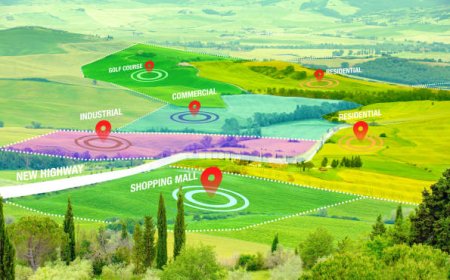Types of Fuel: Essential Sources of Energy

Fuel is any material that stores energy which can be released to perform work. It is fundamental for transportation, electricity generation, heating, and many industrial processes. Different types of fuel exist to meet the diverse energy demands of society. They vary based on their origin, composition, efficiency, and environmental impact. The main types of fuel include fossil fuels, biofuels, nuclear fuels, and renewable alternatives. Each type has unique features that make it suitable for specific uses.
Fossil Fuels
Fossil fuels are the most widely used energy sources in the world. They are formed from the remains of ancient plants and animals that were buried under layers of sediment and subjected to heat and pressure over millions of years. The primary fossil fuels include coal, petroleum (oil), and natural gas. Coal has been a traditional fuel for electricity production and heavy industries. It has a high energy content but produces significant air pollution and greenhouse gases when burned.
Petroleum is refined into several products such as gasoline, diesel, and jet fuel, making it critical for transportation. It is also a raw material for many chemical products including plastics. Natural gas is a cleaner-burning fossil fuel compared to coal and oil. It is used for heating, cooking, electricity generation, and as a fuel for vehicles. Although fossil fuels are abundant and energy-dense, their combustion releases carbon dioxide and other pollutants that contribute to climate change and environmental degradation.
Biofuels
Biofuels are derived from organic materials, including plants, crop residues, and animal fats. They offer renewable energy alternatives and can help reduce greenhouse gas emissions when compared to fossil fuels. The two main biofuels in use today are bioethanol and biodiesel. Bioethanol is produced by fermenting sugars and starches from crops such as corn, sugarcane, or wheat. It is often blended with gasoline to power vehicles and reduce emissions.
Biodiesel is made from vegetable oils, animal fats, or recycled cooking oil and can replace or supplement diesel fuel in engines. Biofuels provide the advantage of being renewable and biodegradable, but their production requires significant agricultural inputs. There is also debate about their impact on food security and land use, as large-scale cultivation of biofuel crops may compete with food production and affect ecosystems.
Nuclear Fuels
Nuclear fuels consist mainly of uranium and plutonium isotopes that are used in nuclear reactors. The energy is released through nuclear fission, a process where atomic nuclei split and release vast amounts of heat. This heat is used to generate steam that drives turbines to produce electricity. Nuclear power plants generate large amounts of energy with very low greenhouse gas emissions during operation.
However, nuclear fuels come with challenges such as radioactive waste management, the risk of accidents, and high capital costs for plant construction. Public perception and regulatory issues also affect the growth of nuclear energy. Despite these concerns, nuclear power remains a significant low-carbon energy source for many countries.
Renewable and Alternative Fuels
Renewable and alternative fuels include hydrogen, electricity from renewable sources, and synthetic fuels. Hydrogen can be produced from water using renewable energy and used in fuel cells to generate electricity with water as the only emission. Electric vehicles powered by batteries charged with solar, wind, or hydroelectric energy are rapidly gaining popularity as a clean transport option.
Synthetic fuels are created using captured carbon dioxide and renewable energy, potentially offering carbon-neutral fuel alternatives. While these fuels promise a cleaner future, their widespread adoption requires technological advances and significant infrastructure investments.
Conclusion
Various types of fuel serve different roles in powering the world today. Fossil fuels continue to dominate but have notable environmental drawbacks. Biofuels and nuclear fuels offer alternatives with their advantages and limitations. Meanwhile, renewable and alternative fuels are emerging as critical components of a sustainable energy future. Balancing energy needs with environmental impact is key to the development and use of these fuels.
































